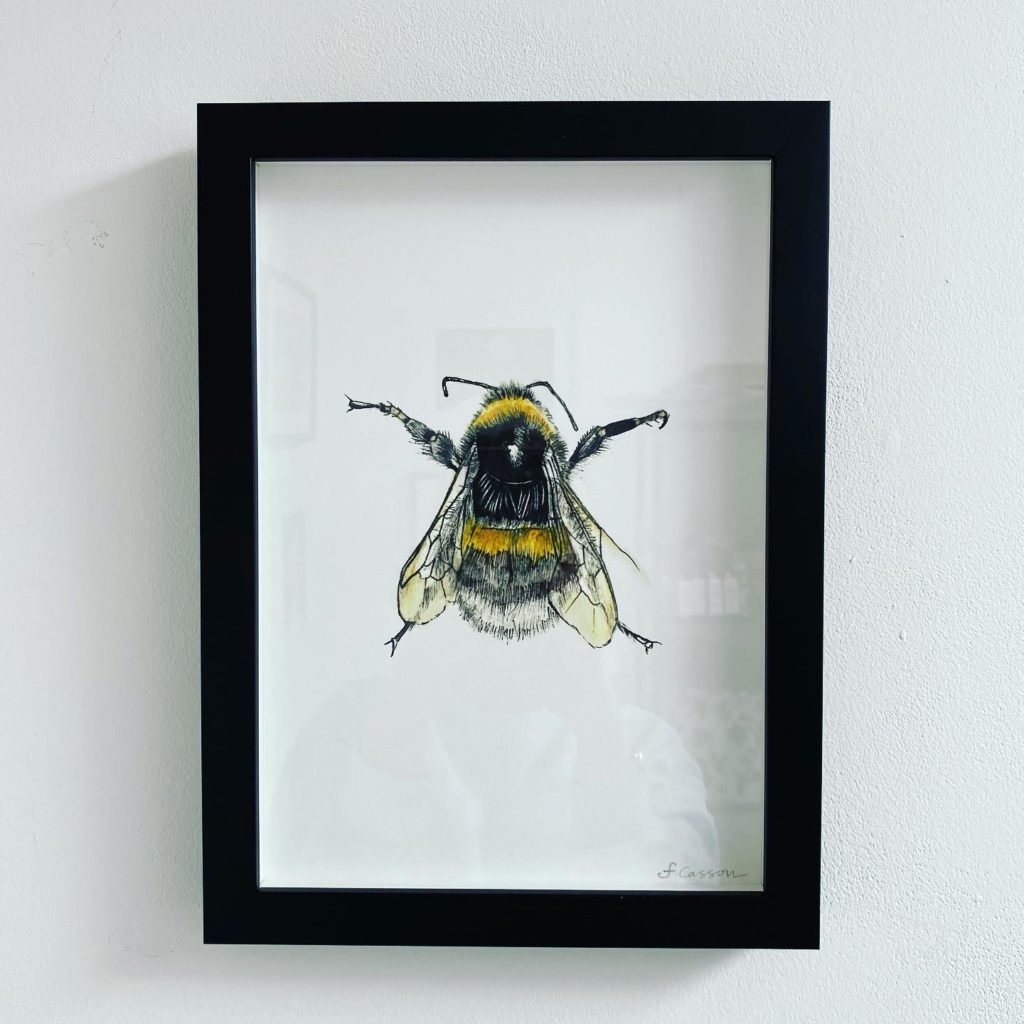
All too often we purchase our art, find a frame and bang it up on the wall! We briefly admire it whilst walking past but we don’t think too deeply about ‘looking’ after our art. I’m here to tell you a few things you can do (some obvious, some not so obvious) to best preserve your art so you can keep on admiring it for years and years to come.
Heat Sources
Heat and humidity are two of art prints’ worst enemies. The heat can destabilise your art and make it warp and bend within its frame; when you’re putting artwork up consider keeping your artwork away from radiators or places that may be susceptible to dampness and condensation.
Lighting and Sun Exposure
We all know the damaging effects that UV rays can have on our skin and art is not exempt from this. Placing your work in direct light exposure runs the risk of bleaching the artwork. If you find that direct sunlight on your artwork is unavoidable invest in art glass (uv70 or higher at uv99). This protects your artwork from damaging UV rays which are the main cause of colour fading.
Framing
Framing can be an expensive business but consider investing in a high-quality frame and glass handled by experienced art technicians over a purse-friendly Ikea frame. Although if your print is inexpensive and not precious go ahead! If you decide to move your artwork to a different part of the house, make sure you hold your artwork by both sides. Holding your frame with one hand runs the risk of weakening the structure which in turn could allow moisture to get into the frame and ruin your piece.
Cleaning Your Art
Only clean if it’s necessary. The less contact the better but if it needs a dusting use a dry dust cloth with the lightest of hands. If it needs a more intense cleaning apply a specialist glass lotion on a cloth (never put the lotion directly onto the glass) and avoid contact with the frame.
Inspect Your Art
Even after taking all the above preventative measures, we still need to check up on our artwork occasionally looking out for signs of discolouration. If your artwork is lifting off its mount that’s a sign it might need a trip to the framers who should be able to correct this for you. It’s also a good idea to check the back of the frame for any signs of tape peeling or the board coming away from the frame as this is a good indicator that moisture might be present.
Hanging your Art
Now this is where you have to be careful as there’s nothing worse than banging up multiple holes in the wall to find out your artwork is on a slant (unless that’s the look you are going for). Remember the ’57 rule’ or like me if you’ve only just heard of it now, you should be looking to have the centre of your artwork 57 inches from the floor for average eye level. Make sure you have a spirit level handy as it’s always best to hang your work on hooks (on either side of the artwork) instead of string or wire which doesn’t fully support the frame; over time this can weaken the frame’s structure. Remember heavy work that you struggle to lift or carry yourself should always be hung by a professional.
Now the hard work has been done – you should now be able to enjoy your art!
Subscribe now to keep reading and get access to the full archive.